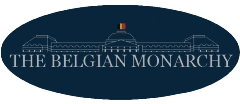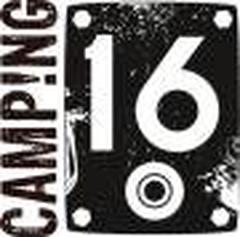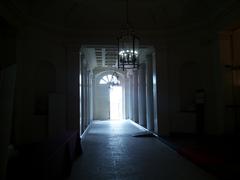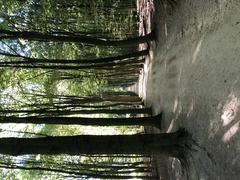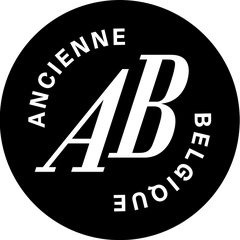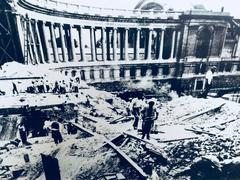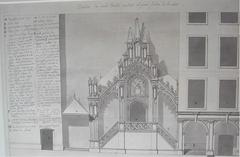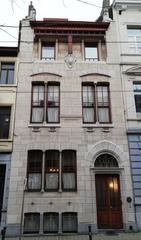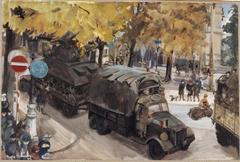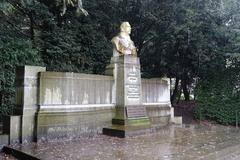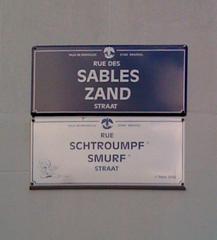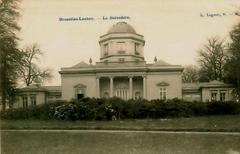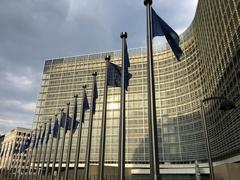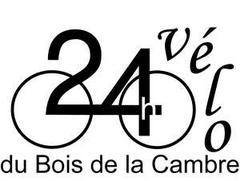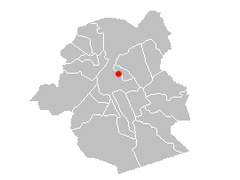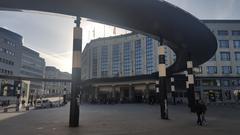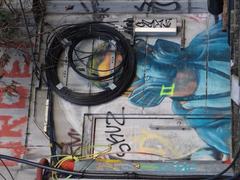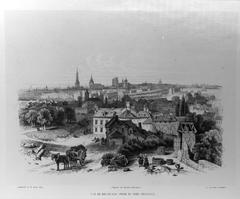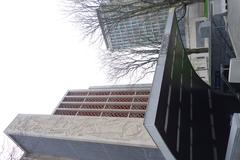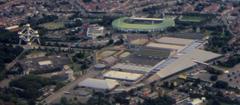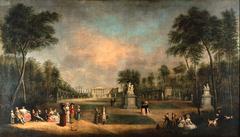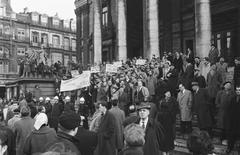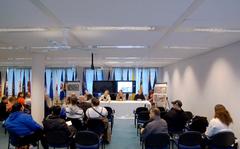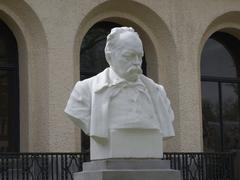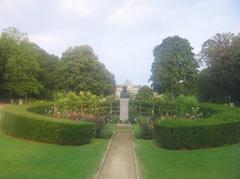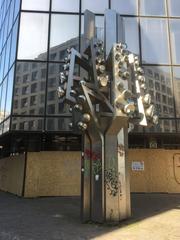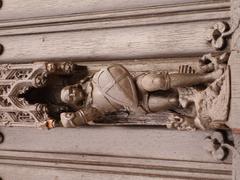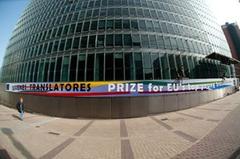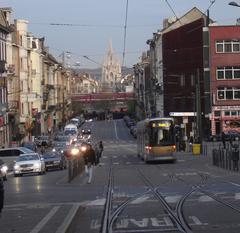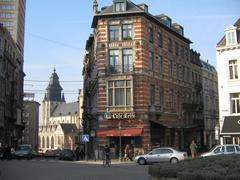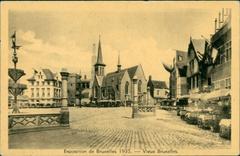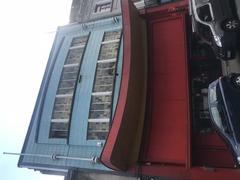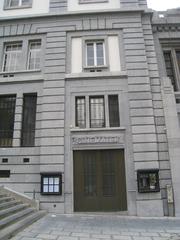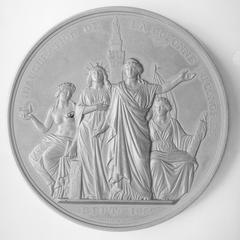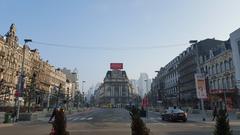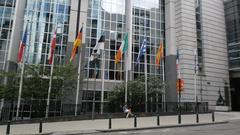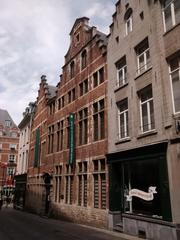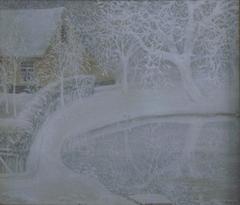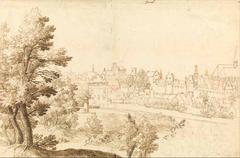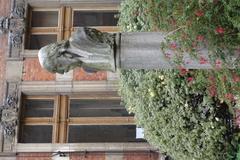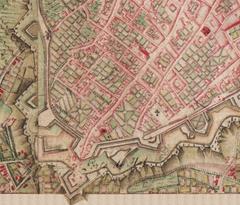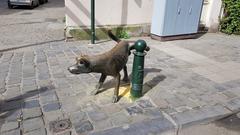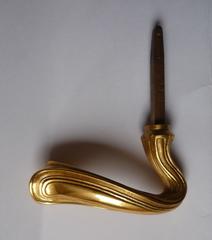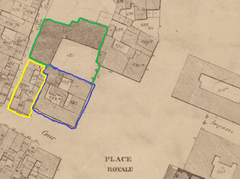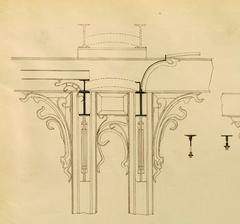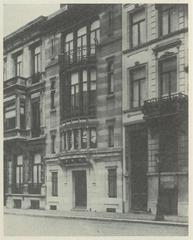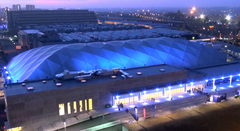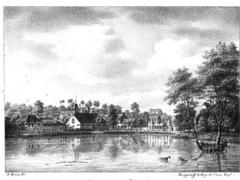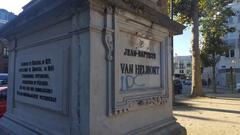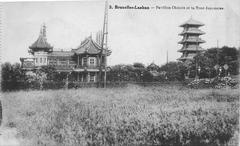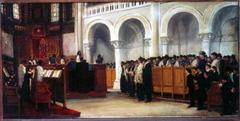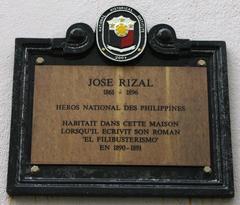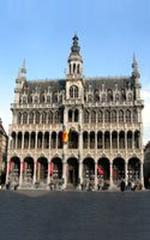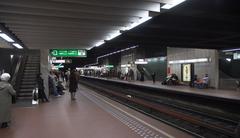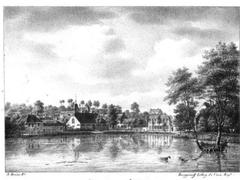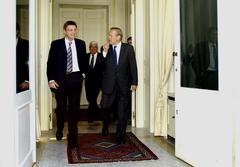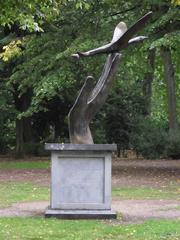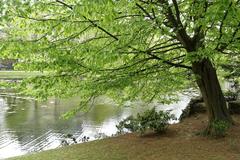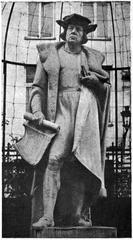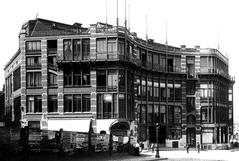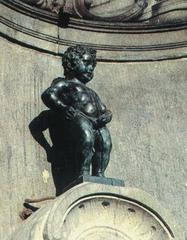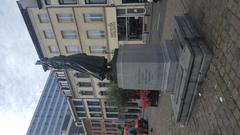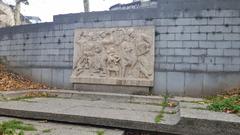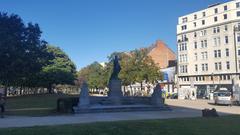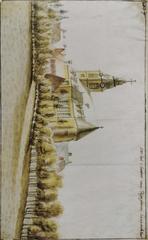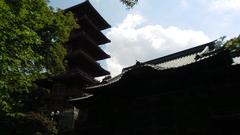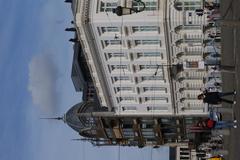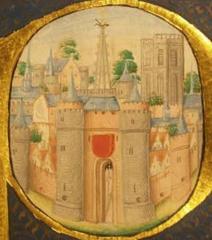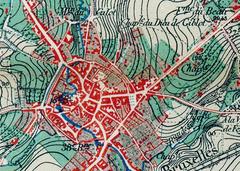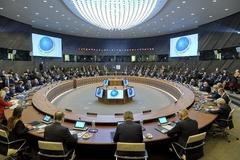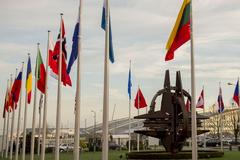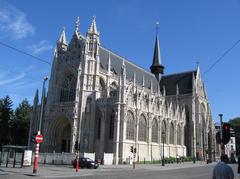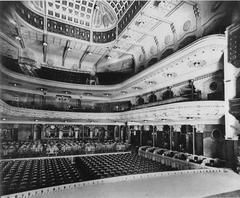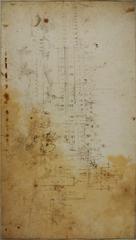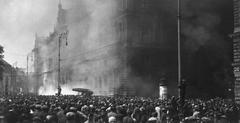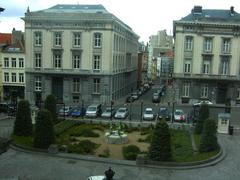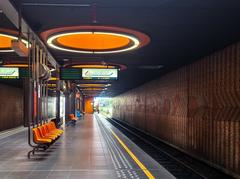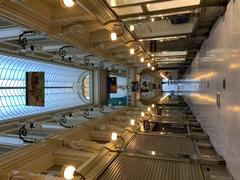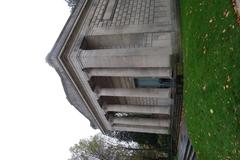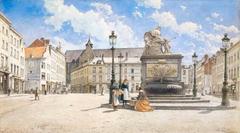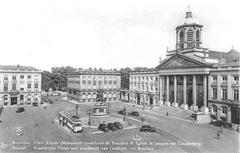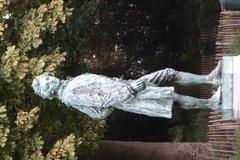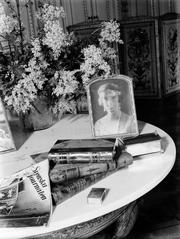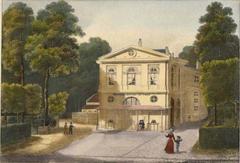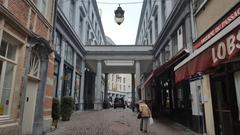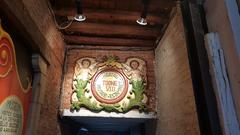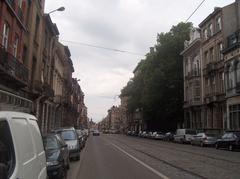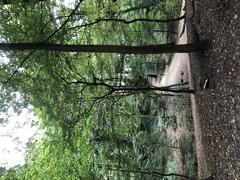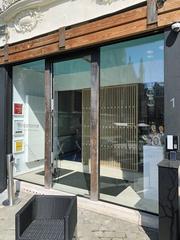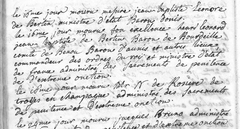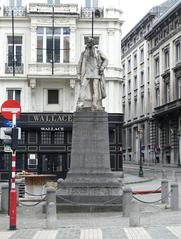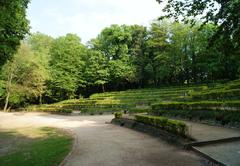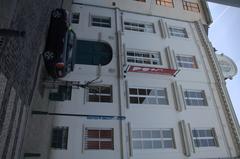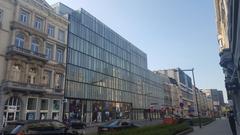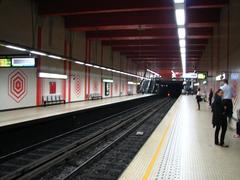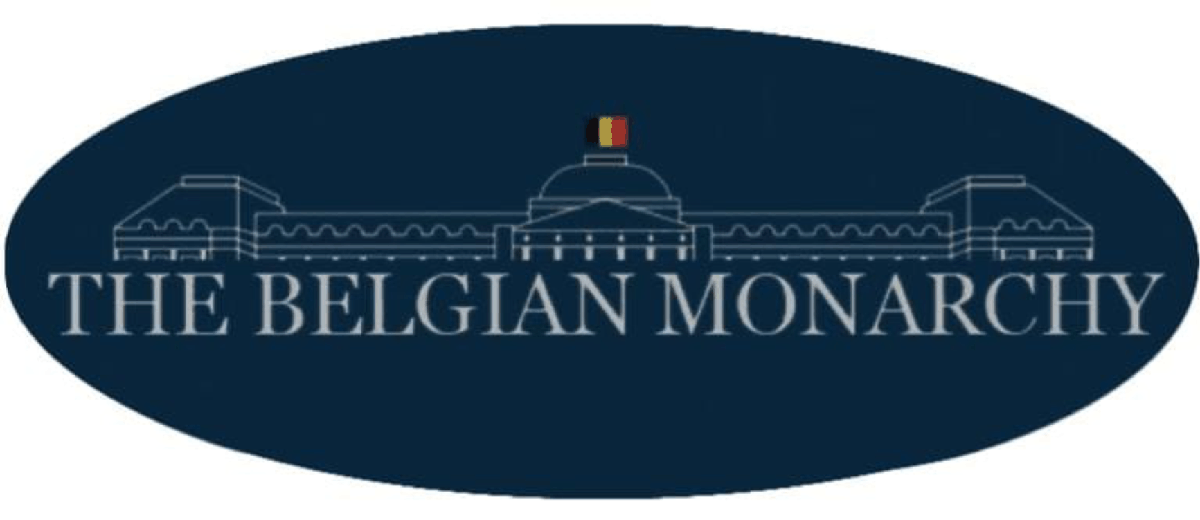
Royal Palace Brussels: Visiting Hours, Tickets, and Historical Sites Guide
Date: 14/06/2025
Introduction
The Royal Palace of Brussels stands as a majestic emblem of Belgium’s royal heritage, neoclassical architectural splendor, and vibrant cultural traditions. Located in the heart of Belgium’s capital, facing the expansive Brussels Park, this iconic palace serves as the official workplace of the Belgian monarchy. It hosts state ceremonies, diplomatic receptions, and national celebrations, notably on Belgian National Day. Visitors are drawn to its impressive façade—remarkably 50% longer than Buckingham Palace’s front—and its opulent interiors, including the famed Mirror Room adorned with over a million iridescent Thai jewel beetle wings, a testament to both artistic innovation and historical symbolism (official Belgian Monarchy website; visit.brussels).
Rooted in a history tracing back to the medieval Coudenberg Palace of the 12th century, the current Royal Palace reflects centuries of architectural evolution, political transformation, and cultural significance. Its neoclassical design, largely shaped during the reign of King Leopold II in the late 19th century, encapsulates Belgium’s aspirations as a modern constitutional monarchy. The palace symbolizes national unity and sovereignty, anchoring the Royal Quarter, which is surrounded by other historic landmarks, museums, and the archaeological remains of the original palace beneath Place Royale.
This comprehensive guide provides essential information on visiting hours, ticketing, accessibility, guided tours, and nearby attractions, ensuring a well-rounded and enriching experience. Whether you wish to explore grand state rooms, marvel at artistic treasures, or immerse yourself in Brussels’ cultural heartbeat, the Royal Palace of Brussels offers a unique window into Belgium’s heritage and contemporary identity (humbo.com).
Table of Contents
- Introduction
- Historical Overview
- Visiting the Royal Palace of Brussels
- Notable Events and Modern-Day Relevance
- Archaeological Discoveries
- Frequently Asked Questions (FAQ)
- Conclusion and Key Tips
- References
Historical Overview
Origins and Early History
The site of today’s Royal Palace has been a seat of power since the 12th century, originally home to the Coudenberg Palace, residence of the Dukes of Brabant and later the Habsburg rulers. The Coudenberg Palace played a central role in the region’s political life until it was destroyed by fire in 1731. The area was subsequently redeveloped, with the neoclassical Place Royale constructed above the ruins. The original medieval remains, now known as the Coudenberg archaeological site, can be visited beneath Place Royale (theurgetowander.com).
Architectural Evolution
18th and 19th Century Transformations
The present Royal Palace was constructed adjacent to the Coudenberg site, beginning as two neoclassical mansions in the 18th century. These were intended for administrative and ceremonial purposes rather than as a royal residence. After Belgian independence in 1830, the palace was expanded and unified to embody the aspirations of the new monarchy (theurgetowander.com).
The Reign of Leopold II
King Leopold II (1865–1909) dramatically transformed the palace. He commissioned architect Alphonse Balat to unify the mansions and add a grand neoclassical façade, new wings, and lavish interiors. The result was a stately building with monumental columns and symmetrical layouts, showcasing the elegance of 19th-century design (humbo.com).
Role and Significance in Belgian History
While the Belgian royal family resides at the Palace of Laeken, the Royal Palace of Brussels remains the administrative and ceremonial heart of the monarchy. It hosts official receptions, state functions, and supports the king’s constitutional duties, symbolizing Belgian unity and sovereignty (official Belgian Monarchy website).
Visiting the Royal Palace of Brussels
Visiting Hours and Tickets
The palace is open to the public each summer, typically from July 21st (Belgian National Day) until early September. Opening hours are usually from 10:30 AM to 5:00 PM, with last admission around 4:00 PM. Admission is free, but visitors should check the official website for up-to-date information.
Access and Accessibility
The palace is centrally located and accessible by:
- Metro: Parc/Park station (Lines 1 and 5)
- Tram: Lines 92 and 93 (Place Royale stop)
- Bus: Several lines serve the area
Parking is limited; public transport is recommended. The palace offers accessibility features for visitors with reduced mobility, but it’s advisable to confirm arrangements in advance (visit.brussels).
Guided Tours and Visitor Experience
During the public opening season, guided tours and audio guides are available, offering deeper insights into the palace’s history, architecture, and art collections. Informational brochures enhance the visitor experience.
Interior Highlights
Grand Staircase: Marble and gilded, it greets visitors with opulence (humbo.com).
Throne Room: Monumental scale, marble columns, and gilded details frame official ceremonies.
Mirror Room: Famous for Jan Fabre’s installation “Heaven of Delight,” featuring over 1.4 million Thai jewel beetle wings (humbo.com).
Goya Room: Adorned with 18th-century tapestries inspired by Goya.
Flemish Room: Showcases Flemish art and craftsmanship, a symbol of Belgium’s cultural identity (anhistorianabouttown.com).
Nearby Attractions and Photogenic Spots
- Brussels Park (Parc de Bruxelles): Directly opposite, ideal for strolls and photos.
- Magritte Museum & Royal Museums of Fine Arts: Nearby cultural highlights.
- Coudenberg Archaeological Site: Explore the medieval palace ruins beneath Place Royale (official Brussels tourism website).
Notable Events and Modern-Day Relevance
The palace hosts Belgian National Day celebrations on July 21, state banquets, diplomatic receptions, and cultural events. It is often illuminated for special occasions and stands as a vibrant symbol of contemporary Belgian identity.
Archaeological Discoveries
The rediscovery of the Coudenberg Palace ruins in the 1990s beneath Place Royale added an archaeological dimension. The underground site and Coudenberg Museum display medieval artifacts and remains, offering insight into Brussels’ deep history (theurgetowander.com).
Frequently Asked Questions (FAQ)
Q: When can I visit the Royal Palace of Brussels?
A: Annually, from July 21st to early September, 10:30 AM–5:00 PM.
Q: Is there an entrance fee?
A: No, entry is free during the open season.
Q: How do I get to the palace?
A: By public transport—metro, tram, or bus.
Q: Are guided tours available?
A: Yes, during the open period, along with audio guides.
Q: Is the palace accessible for visitors with reduced mobility?
A: Yes, but check specific arrangements in advance.
Q: What other sites are nearby?
A: Brussels Park, Magritte Museum, Royal Museums of Fine Arts, and the Coudenberg archaeological site.
Q: Can I take photos inside?
A: Photography is allowed in most areas without flash or tripods.
Conclusion and Key Tips
Visiting the Royal Palace of Brussels is a journey through Belgium’s royal history, architectural brilliance, and cultural richness. Open to the public during the summer, the palace invites discovery of opulent interiors—from the Grand Staircase to the Mirror Room—and offers a deeper understanding of Belgium’s evolving monarchy. Its central location provides easy access to other key attractions, making it an essential stop for any Brussels itinerary.
Key Visitor Tips:
- Plan your visit during the summer opening (July 21 – early September).
- Arrive early to avoid crowds.
- Check the official website for updated visiting hours and special exhibitions.
- Take advantage of guided tours and audio guides.
- Explore nearby museums and the Coudenberg archaeological site for a full historical experience.
- Use public transport for convenience.
For personalized audio guides and the latest travel tips, download the Audiala app. Follow us on social media for updates on Brussels historical sites and cultural events.
References
- TheUrgeToWander: Brussels Through Architecture
- visit.brussels: Must-See Attractions
- Humbo: Royal Palace of Brussels
- An Historian About Town: The History of the Palace of Brussels
- Official Brussels Tourism
- Happy Frog Travels: Visiting Brussels Travel Guide
- Introducing Brussels: Royal Palace
- Belgium Travel: Royal Palace of Brussels
